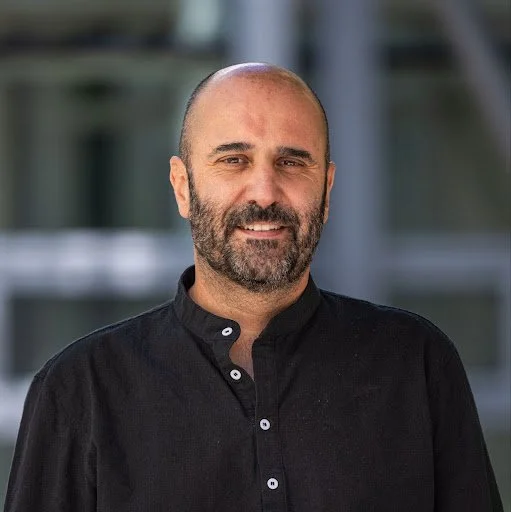Astrobiology Revealed #25: Alfonso Davila
on the Life Detection Knowledge Base
by Aubrey Zerkle
In this issue of Astrobiology Revealed, we interviewed Alfonso Davila, a Research Scientist in the Exobiology Branch at NASA Ames Research Center. We asked Alfonso about a new web-based tool designed to help the scientific community evaluate evidence of life, called the Life Detection Knowledge Base. Alfonso describes the structure of the database and how the scientific community can use it to plan future life detection missions. (This interview has been edited for length and clarity.)
How did the Life Detection Knowledge Base (LDKB) project come about, and what were its main goals?
The LDKB came about as a response to several documents published by the national academies about the search for evidence of life. In those documents, it was recommended that the scientific community should develop new strategies to search for life that placed higher emphasis on minimizing the chances of false negatives and false positives.
False negatives occur when a life detection measurement comes back negative (as in, no life) despite life being present. Perhaps it is hiding, or perhaps it is made of a different kind of chemistry, or perhaps it is present in very low abundance, and hard to detect.
False positives are the opposite, meaning a life detection measurement comes back positive despite life being absent. A common reason is contamination—your equipment was contaminated with terrestrial life, and that’s what you detected. Another reason could be that whatever you are measuring (for example, a chemical substance) can also be produced in the absence of life.
The LDKB is a response to the recommendations made by the national academies. Its main goal is to provide a framework for scientists to evaluate potential biosignatures in a way that helps assess the risk for a false positive or a false negative result. We hope the LDKB will be primarily used as a ‘before the fact’ tool for designing and planning life detection missions. Specifically, to help determine what measurements are most likely to succeed in finding life if it is indeed present wherever we are looking for it.
As I understand it, one of the main elements of the LDKB is a taxonomy, which classifies potential biosignatures into three main categories of Chemistry, Structure, or Activity. Can you briefly describe each of these categories and provide one or two examples of each?
The ‘Chemistry’ category refers to chemical substances such as elements, molecules, or minerals, both organic and inorganic, that are known to be produced or modified by biology. Examples include amino acids, which we use to form proteins, or atmospheric gases that life generates, such as O2.
The ‘Structure’ category refers to physical objects. Here, we focused on morphological properties and spatial distributions. Examples include objects that may resemble cells, certain sedimentary structures, or crystals with unique sizes, shapes, or spatial arrangements.
The ‘Activity’ category refers to changes of substances or objects over time. For example, a change in the chemical composition of an atmosphere, or an object that moves under the microscope or appears to grow in size.
These three categories are thought to be universal hallmarks of biology.
The other main element is a set of criteria with which to assess potential biosignatures. What criteria did you settle on as the most important?
After much debate amongst the team, we settled on four criteria. Actually, it is two criteria applied to two distinct scenarios. The criteria are ‘Prevalence,’ which refers to how common the substance, object, or activity is, and ‘Signal Strength,’ which refers to how easy it is to detect the substance, object, or activity in question. The two criteria are applied to a biological scenario and an abiotic one. In the first case, we ask how common is the substance, object, or activity produced by life, and how easy is it to detect? In the second case, we ask how common is the substance, object, or activity produced in the absence of life, and how easy is it to detect? There is a compelling simplicity and a symmetry to this structure.
It seems that a large team of scientists came together to launch this database and everything that went into it. What was the biggest challenge in managing or participating in a collaborative project like this across so many members?
The biggest challenge was to capture and implement all the excellent suggestions we got from the community. This is a complex problem that we are trying to ‘break down’ into basic parts so that almost any user can make inquiries about potential biosignatures and gain meaningful knowledge. We also want to be precise and accurate in how that knowledge is captured and presented.
Many colleagues came into the project with ideas and suggestions on how to improve the tool. We had to distill all that feedback into actionable items that could be implemented within the core structure of the LDKB (the taxonomy and the criteria) and the underlying philosophy of the tool. This took a lot of time and a lot of dialogue, but the final product was a lot better thanks to those interactions. We also wanted the community to be part of the development of the tool, so they felt there was intellectual ownership.
Moving forward, how do you hope this tool will be used by the astrobiology community?
Our intent is that the tool helps with the conceptualization and design of life detection missions and allows members of the community to identify knowledge gaps. When a group of scientists and engineers decides they want to put together a mission to search for evidence of life elsewhere, we hope they will turn to the LDKB to seek relevant information to build their science strategy. We think the LDKB also has a strong educational component that will be useful to early-career researchers who are thinking about entering the field of astrobiology. We are also excited to continue to develop the tool, taking advantage of the emerging capabilities in AI.
Since you're a well-established researcher in the field, do you have any advice for students or early-career researchers interested in astrobiology?
My main advice is to spend as much time as possible, as early as possible, reading and absorbing the relevant literature. This applies to every science field, but Astrobiology is a multidisciplinary topic, and it takes a lot of work (reading papers and books, writing, developing ideas, etc.) and years of research to get a good grasp of the entire field.

